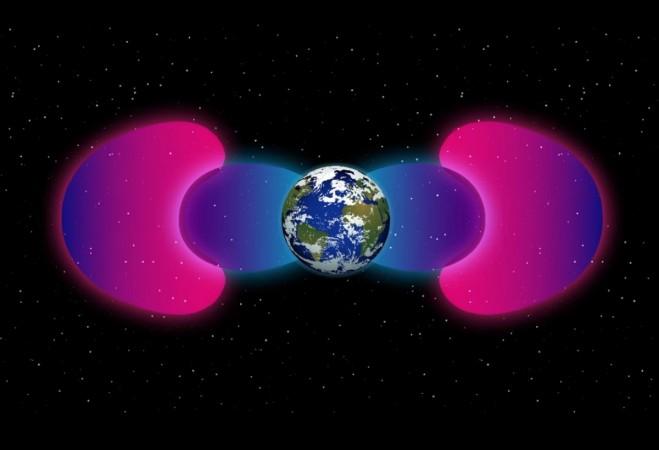
Earth is blanketed by a man-made bubble which protects the planet from high-energy space radiation, a new finding by NASA reveals.
Also Read: NASA's Juno explores mighty Jupiter's mysterious clouds
Scientists have discovered that apart from shaping Earth's landscape, humans can also shape near-space environment.
It was found that particular type of communications, known as very low frequency (VLF) radio communications, interact with particles present in space and it impacts how and where they move. There are times when these interactions lead to the creation of a bubble which surrounds Earth and safeguards it from natural high energy particle radiation in space.
"A number of experiments and observations have figured out that, under the right conditions, radio communications signals in the VLF frequency range can in fact affect the properties of the high-energy radiation environment around the Earth," said Phil Erickson, assistant director at the Massachusetts Institute of Technology (MIT) Haystack Observatory in the US.
The VLF signals are emitted from ground stations at huge powers to communicate with submarines that are present deep in the ocean. Though these waves are meant for communicating below the surface, they tend to go beyond our atmosphere and cover Earth in a VLF bubble.
Spacecrafts present high above the planet's surface, like NASA's Van Allen Probes, which assess ions and electrons present in the near-Earth environment, can also witness this VLF bubble.
An interesting coincidence has been observed by the probes, i.e., the outward extent of VLF bubble almost perfectly matches the inner edge of the Van Allen radiation belts.
The Van Allen radiation belt can be defined as a torus of energetic charged particles (i.e. plasma) that have originated from solar winds. These particles are trapped by Earth's magnetic field.
Dan Baker from the University of Colorado in the US coined this lower limit as the "impenetrable barrier" and speculates that if there were no human VLF transmissions, the boundary would likely stretch closer to Earth. Indeed, comparisons of the modern extent of the radiation belts from Van Allen Probe data show the inner boundary to be much farther away than its recorded position in satellite data from the 1960s, when VLF transmissions were more limited.
Researchers are now planning to carry out further studies on VLF transmissions, which may eliminate surplus radiation from near-Earth environment.
Check out the video to know all about the man-made bubble









!['Had denied Housefull franchise as they wanted me to wear a bikini': Tia Bajpai on turning down bold scripts [Exclusive]](https://data1.ibtimes.co.in/en/full/806605/had-denied-housefull-franchise-they-wanted-me-wear-bikini-tia-bajpai-turning-down-bold.png?w=220&h=138)



